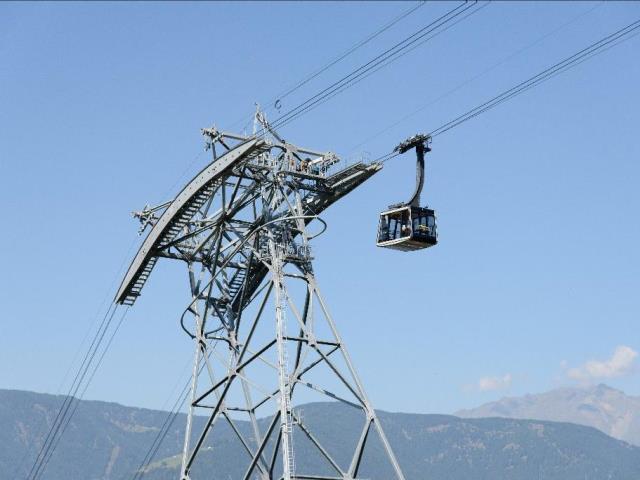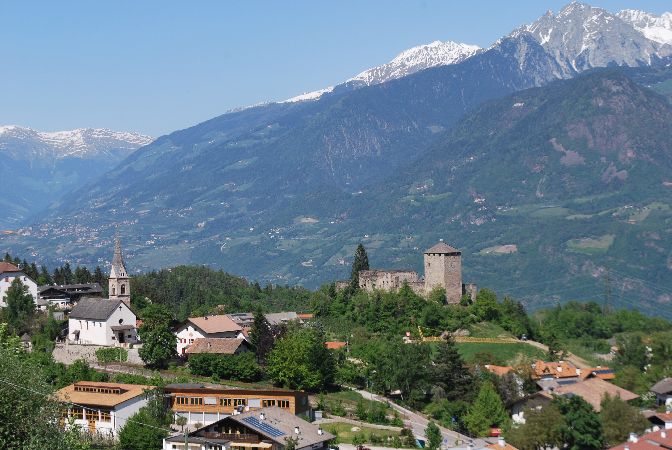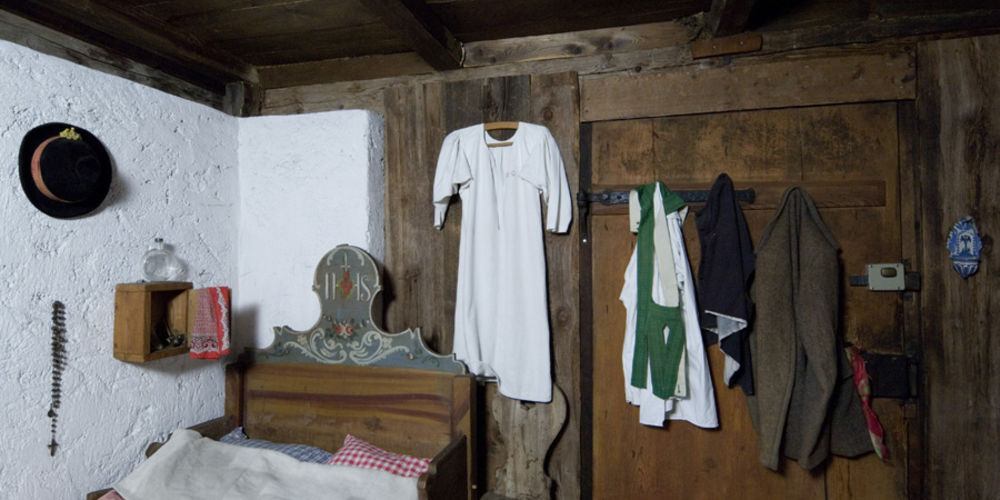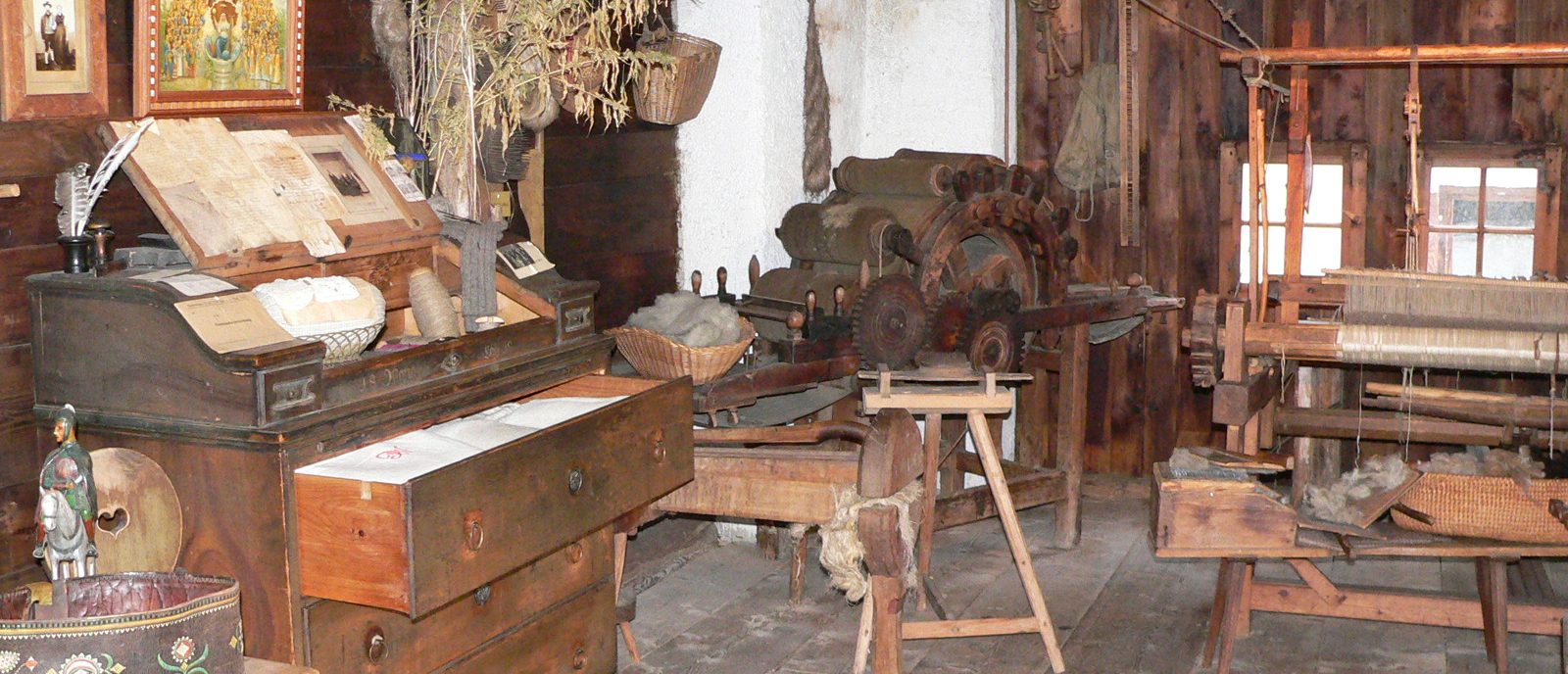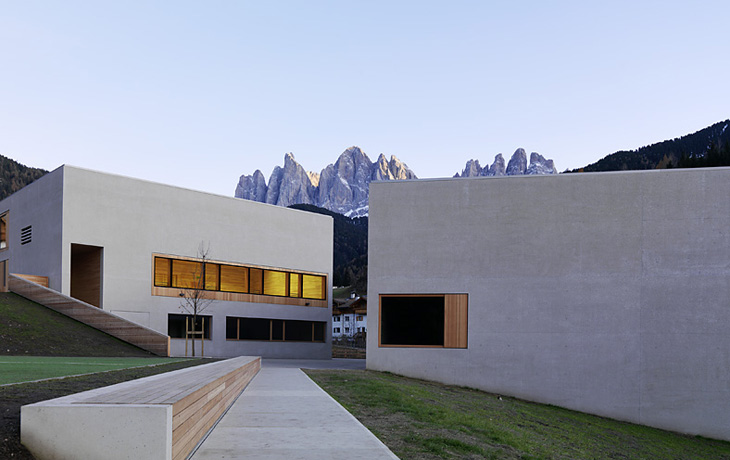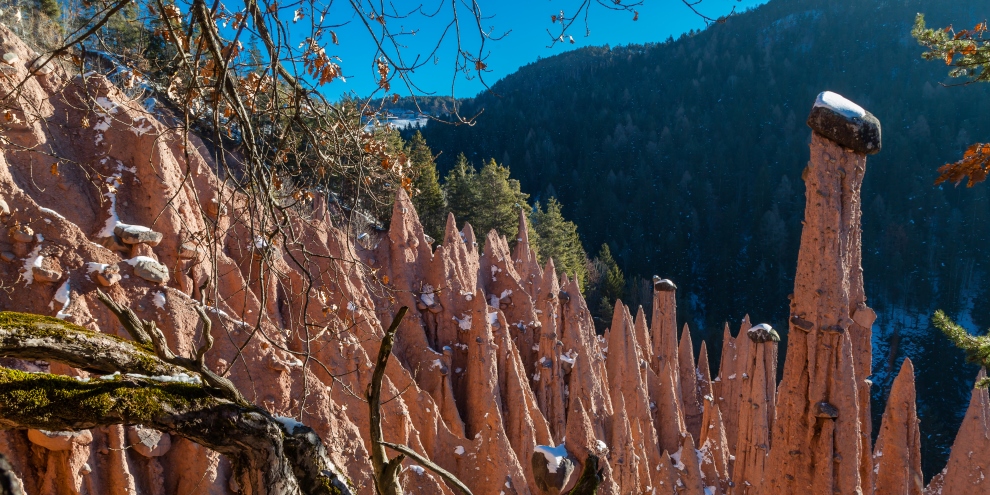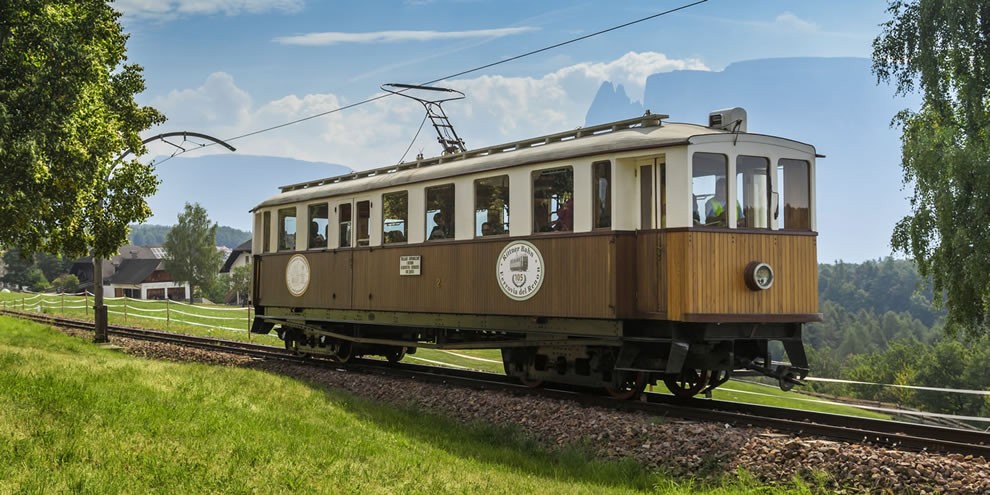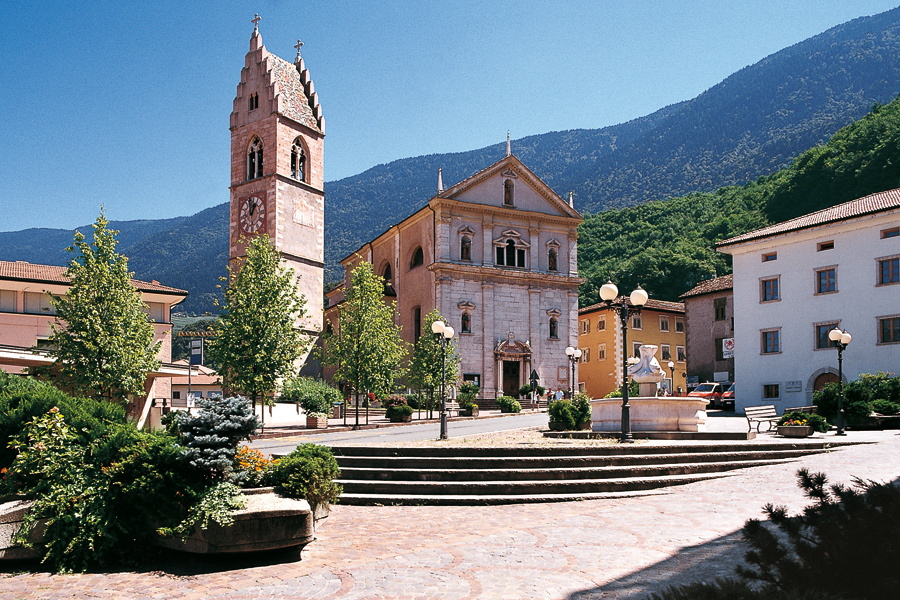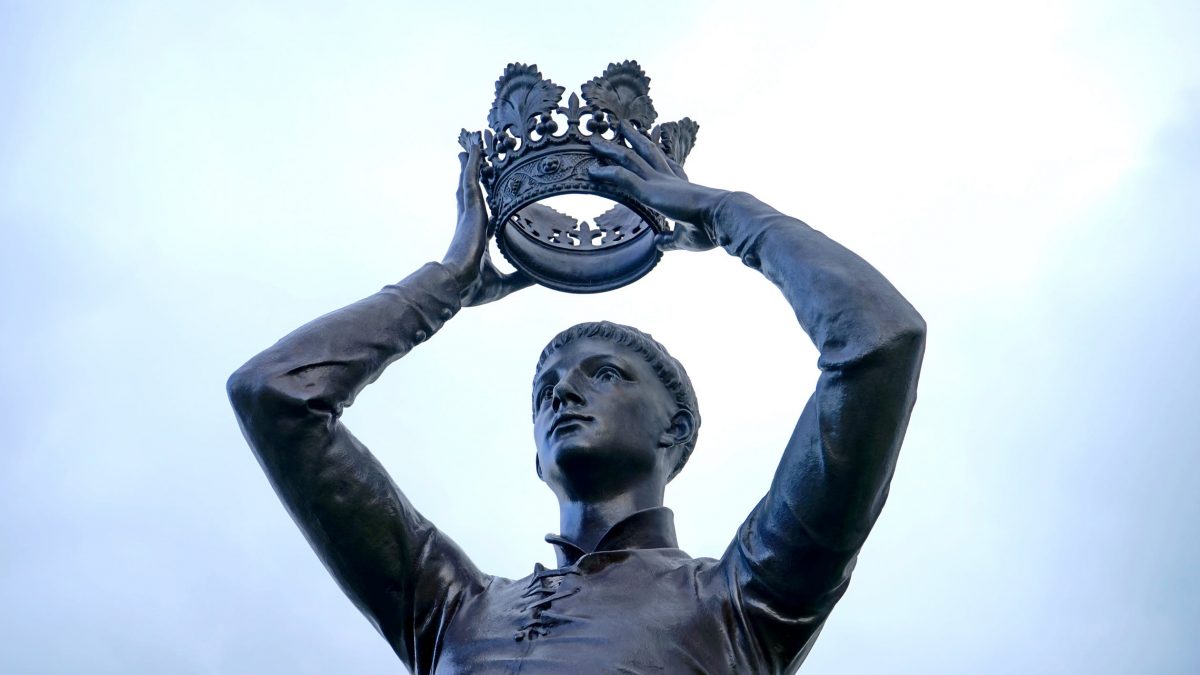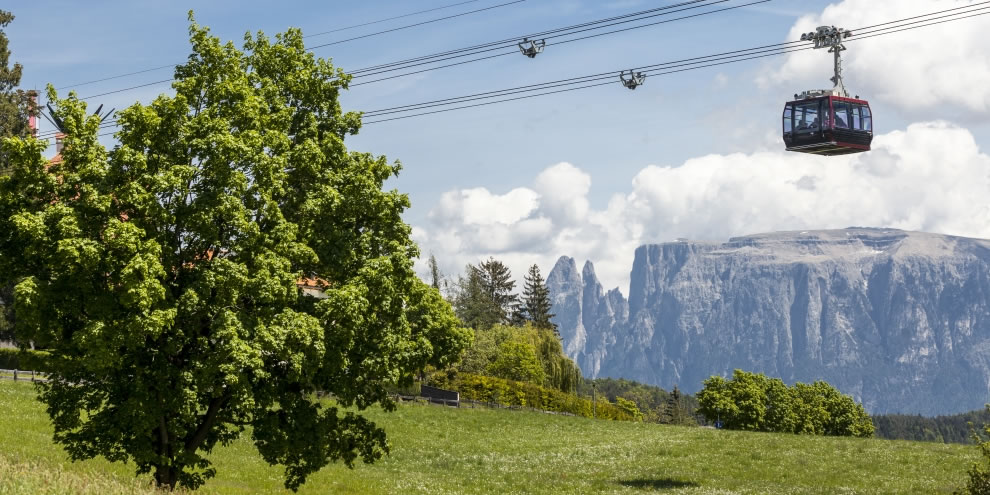How to reach the Kellerei Kurtatsch
The Kurtatsch winery is located within the most impressive locations of Italian viticulture, directly on the South Tyrolean Wine Route in the village of the same name. It is one of the oldest and smallest cellar cooperatives in South Tyrol and is one of the best wine producers in the region.
What distinguishes us?
Unique in South Tyrol and at the same time our trademark are our vineyards, which range from 220 to 900 metres above sea level on different soil types. The very warm, steeply sloping sites on clay and gravel soils with temperatures of up to 40 degrees in summer are among the hottest places in Italy and are predestined for the production of international top red wines.
The white wine grapes grow mainly on steep calcareous soils at altitudes of up to 900 m above sea level and benefit greatly from the cooling night winds.
The young team around chairman Andreas Kofler and cellar master Othmar Doná has dedicated itself to the uncompromising pursuit of the highest quality and combines tradition with modern technology.
70% of the 190 vineyards are located in the winery’s municipal area of the same name and are managed by 190 members. This small structure guarantees craftsmanship and a high level of quality.
Flexibility in the vineyard.
Our wines:
Terrior line:
Mostly they bear the name of their location. Wines from the most promising vineyards with low yields and special territorial character. Our quality standards are so high that certain wines only come into the TERROIR bottle in counted vintages.
– Chardonnay Riserva & Cabernet S. Riserva FREIENFELD
– Gewürztraminer Riserva & Merlot Riserva BRENNTAL
– Cuvée AMOS & Merlot Cabernet SOMA
– Sauvignon KOFL
– …and many more!
Selection line:
The first selection of the Kurtatsch vineyards. Reduced yields, strictly controlled cultivation and pure varietal aging create wines of great Kurtatsch personality. Characterized by fullness and finesse. Only grapes that meet our very strict quality guidelines make it into the SELECTION bottle.
Opening hours:
Monday – Saturday from 09:00 am to 12.30 am and from 02:00 pm to 07:00 pm
From 17. August to 2nd of November 2020:
Monday – Saturday from 09:00 am to 12:30 am and from 02:00 pm to 7:00 pm
df
Contact:
Winery Kurtatsch
Via del vino 23
39040 Cortaccia
+39 0471 880115
